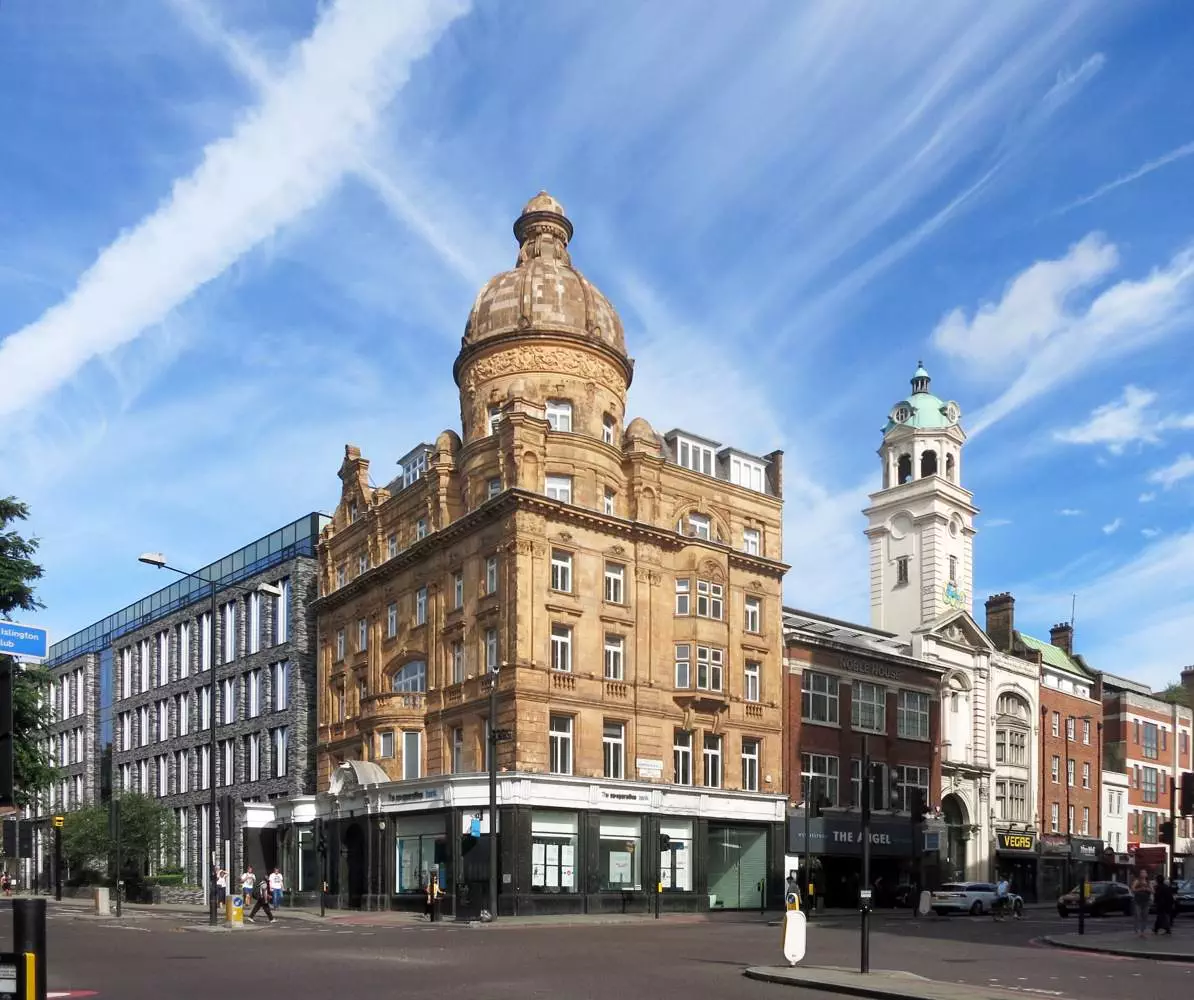Islington Angel Building Regulations: Ensuring Safety and Compliance
As of my last knowledge update in January 2022, Islington, a borough in London, is known for its diverse and vibrant communities, historic architecture, and bustling neighborhoods. The Angel area in Islington is particularly noteworthy, featuring the iconic Angel Building. Building regulations in Islington, as in any other area, play a crucial role in ensuring the safety, sustainability, and compliance of construction projects.
1. Overview of Islington Angel Building Regulations:
Islington, like other boroughs in London, adheres to building regulations to maintain the quality and safety of its built environment. The regulations cover various aspects of construction, including structural stability, fire safety, energy efficiency, accessibility, and environmental impact. The Angel Building, being a significant structure, is subject to these regulations to ensure it meets the required standards.
2. Structural Stability and Safety:
One of the primary concerns in any building project is structural stability and safety. Islington’s building regulations specify standards for structural design and construction to ensure that buildings can withstand various loads, including wind, snow, and live loads. The regulations also address foundation requirements to prevent subsidence and ensure the overall stability of the structure.
3. Fire Safety:
Given the tragic historical events related to fire incidents, fire safety is a paramount consideration in building regulations. Islington, like the rest of the UK, follows rigorous fire safety standards. These standards encompass fire-resistant materials, escape routes, emergency exits, and the installation of fire detection and suppression systems. Building developers must adhere to these regulations to minimize the risk of fire and ensure the safety of occupants.
4. Energy Efficiency and Sustainability:
Islington, in line with the UK’s commitment to environmental sustainability, incorporates regulations promoting energy efficiency in buildings. This includes requirements for insulation, energy-efficient heating and cooling systems, and the use of sustainable materials. The goal is to reduce carbon emissions and create buildings that are environmentally responsible and energy-efficient.
5. Accessibility:
Building regulations in Islington also address accessibility to ensure that structures are inclusive and accommodate individuals with disabilities. This involves provisions for ramps, elevators, accessible parking spaces, and other features that make buildings welcoming and usable for everyone.
6. Planning Permission:
In addition to building regulations, developers in Islington, including those involved with the Angel Building, must obtain planning permission. This process involves submitting detailed plans to the local planning authority, demonstrating how the proposed development aligns with local planning policies and regulations. This ensures that new structures fit harmoniously into the existing urban landscape.
7. Enforcement and Compliance:
Enforcement of building regulations in Islington is typically overseen by the local authority’s building control department. Inspections are conducted at various stages of construction to verify compliance with the regulations. Non-compliance may result in enforcement actions, including fines and, in extreme cases, the halting of construction.
Conclusion:
The Islington Angel Building regulations are a crucial framework for maintaining the quality, safety, and sustainability of construction projects in the area. These regulations cover various aspects, from structural stability to energy efficiency, and are designed to create a built environment that is safe, accessible, and environmentally conscious. Developers, architects, and builders must navigate these regulations to ensure that projects like the Angel Building meet the high standards set by the borough of Islington.




